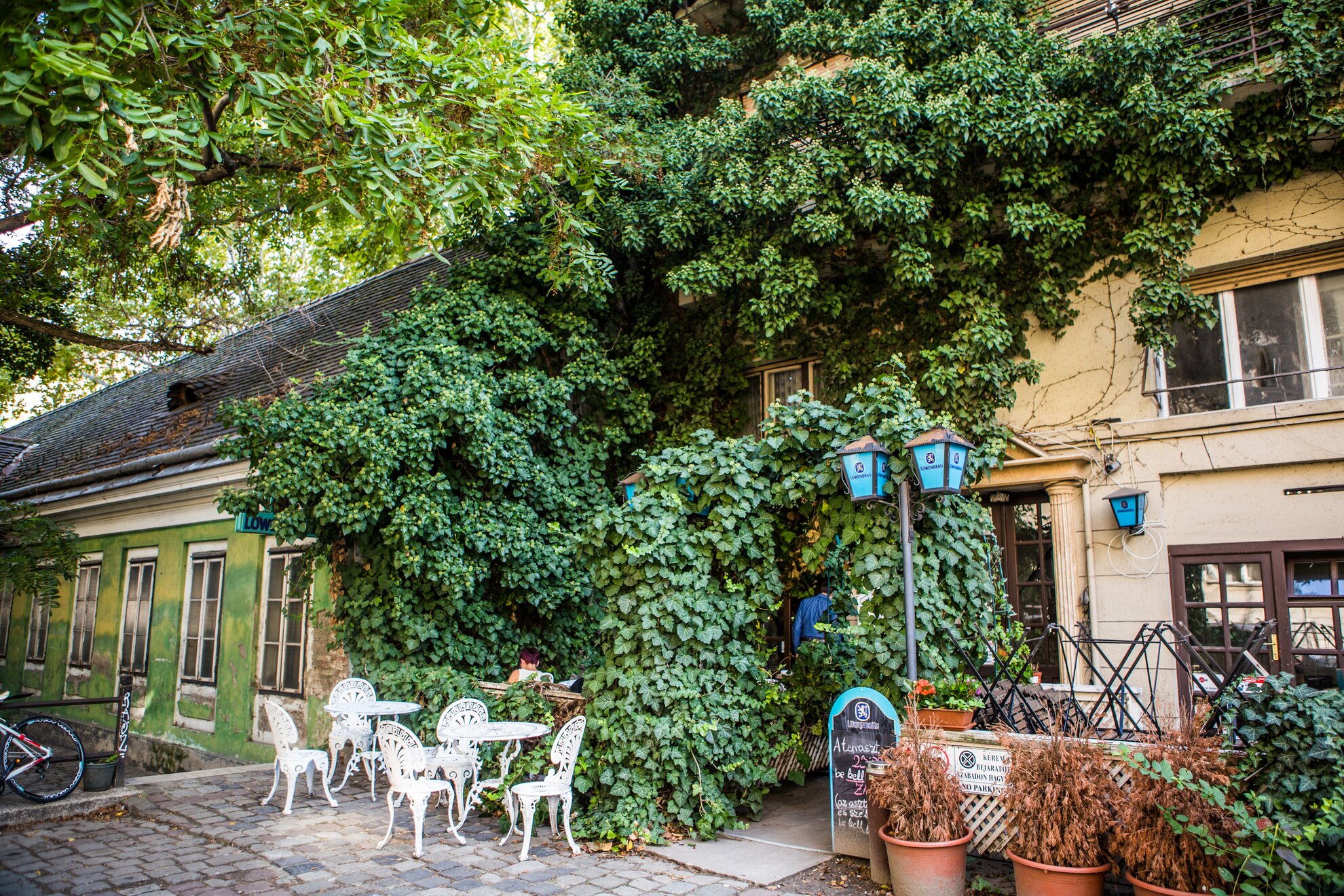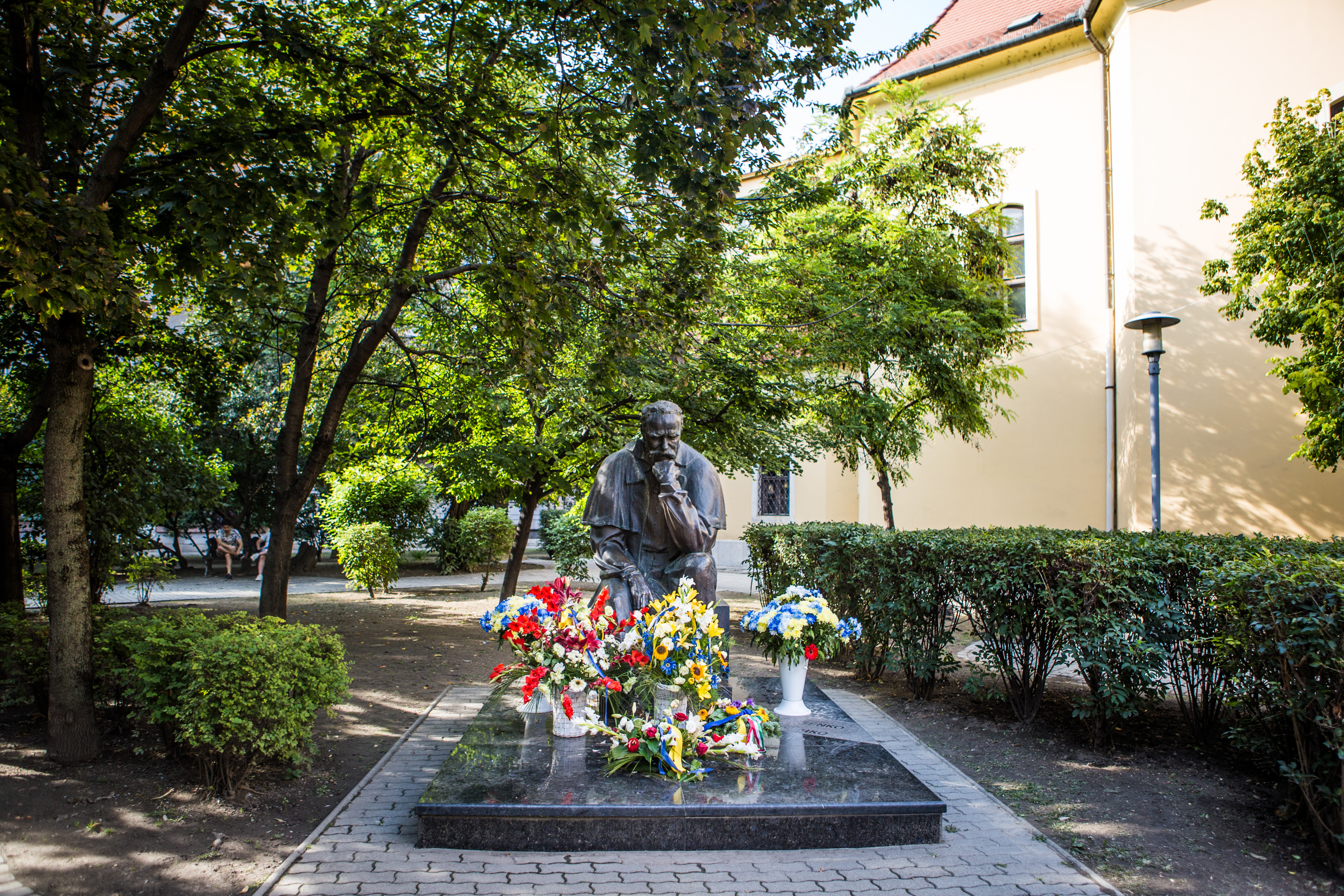Despite the traffic on Fő utca, this square is cosy and serene park. With Fő utca behind you, you can pick out Király Baths to the left, and St Florian’s Greek Catholic Chapel to the right. This section of Ganz utca, which branches off from Fő utca, can only be traversed on foot, while the rest is given over to cars and pavement.
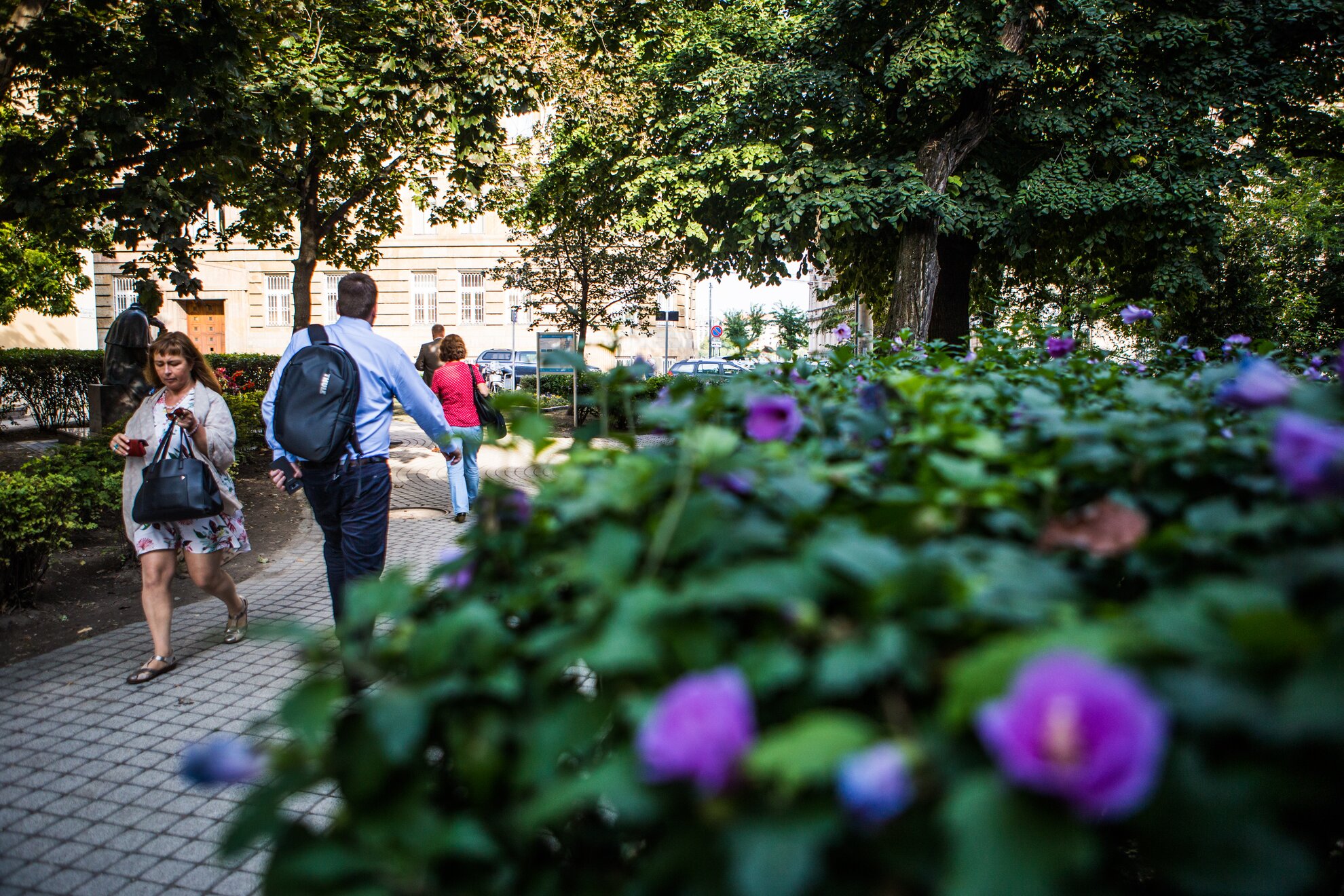
So who was Taras Shevchenko? A tragic poet, writer,
painter, graphic artist and humanist, he enjoys the same heroic status in
Ukraine as Sándor Petőfi in Hungary, living around the same time, between 1814
and 1861.
Born into serfdom, he started showing interest in the arts at an
early age, which prompted him to move to St Petersburg and enrol at a painting
school. There, his emotional and melancholic poems began gaining widespread
popularity, especially among free thinkers – just like himself.
This,
unfortunately, was his downfall – he was exiled to the Caucasus, and was only
able to escape ten years later thanks to the help of Tolstoy, among others. He
was already severely ill, and died only a few years later. His poems have been translated
into more languages than any other Ukrainian poet, helping to elevate him to
the pantheon of national icons.
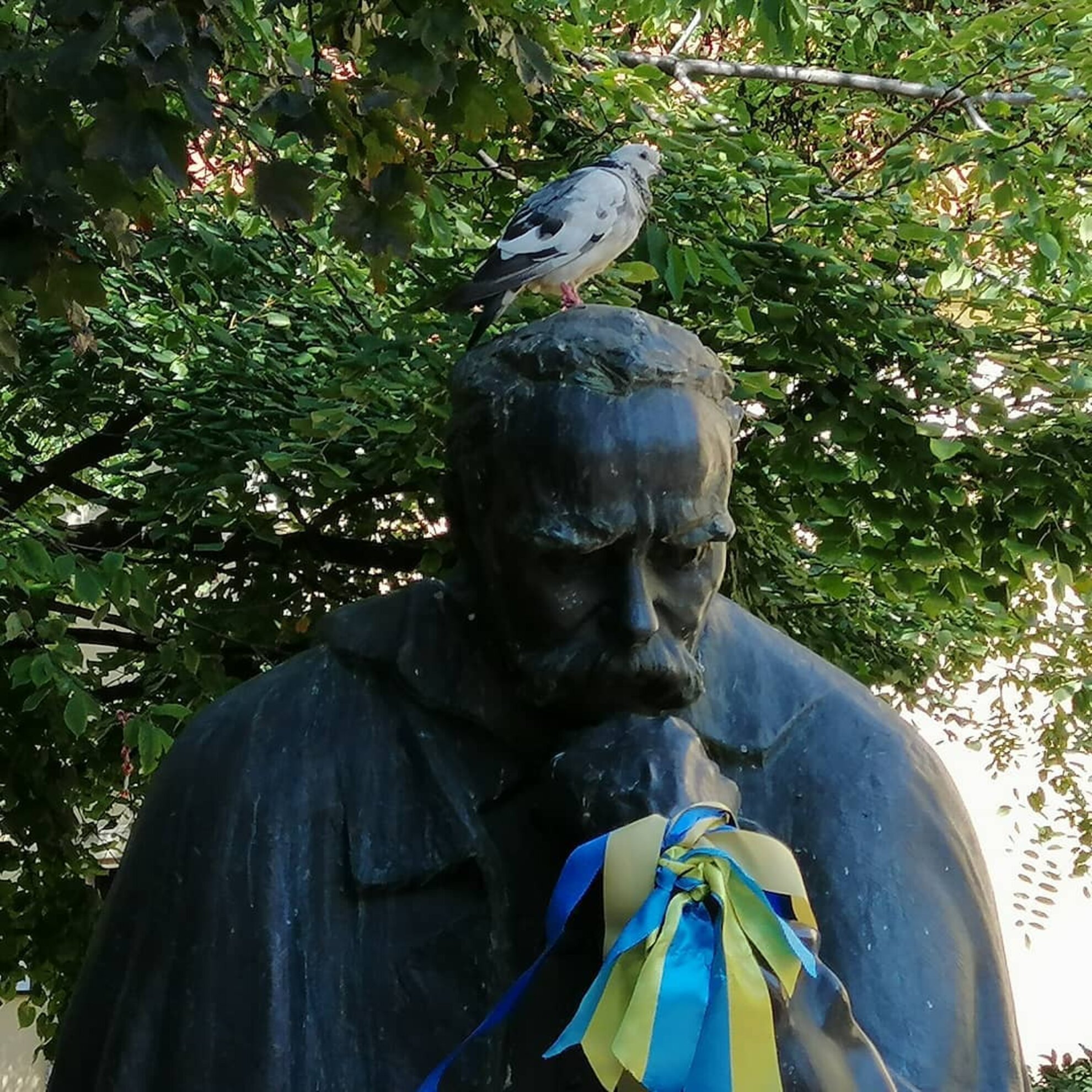
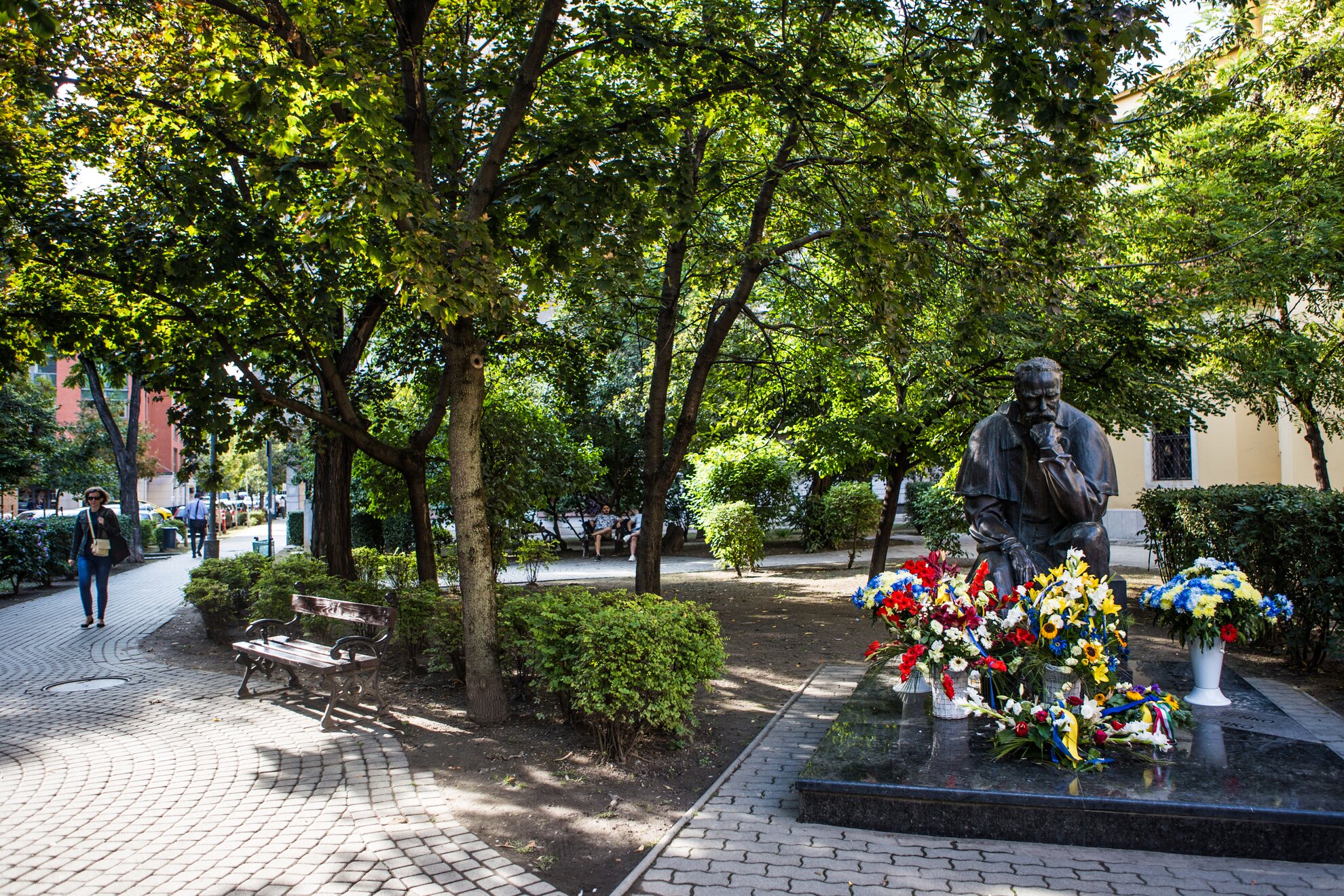
Before gaining his name, this pretty square had none. A statue of Shevchenko, created by the Ukrainian artist Ivan Mykytyuk, was erected here in 2007. It took another five years before the sign of Tarasz Sevcsenko tér was unveiled, also drawing attention to this hidden gem in Buda.
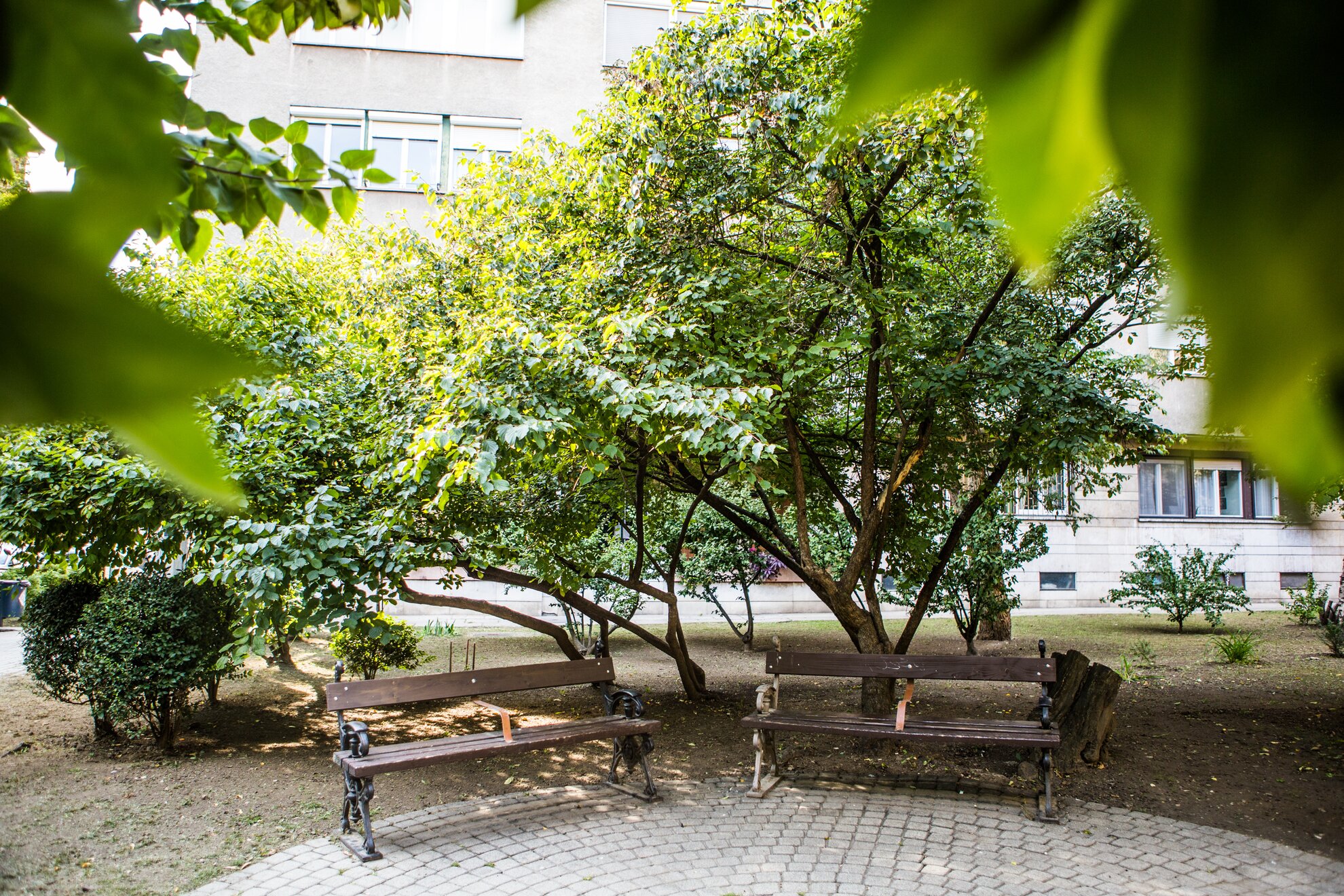
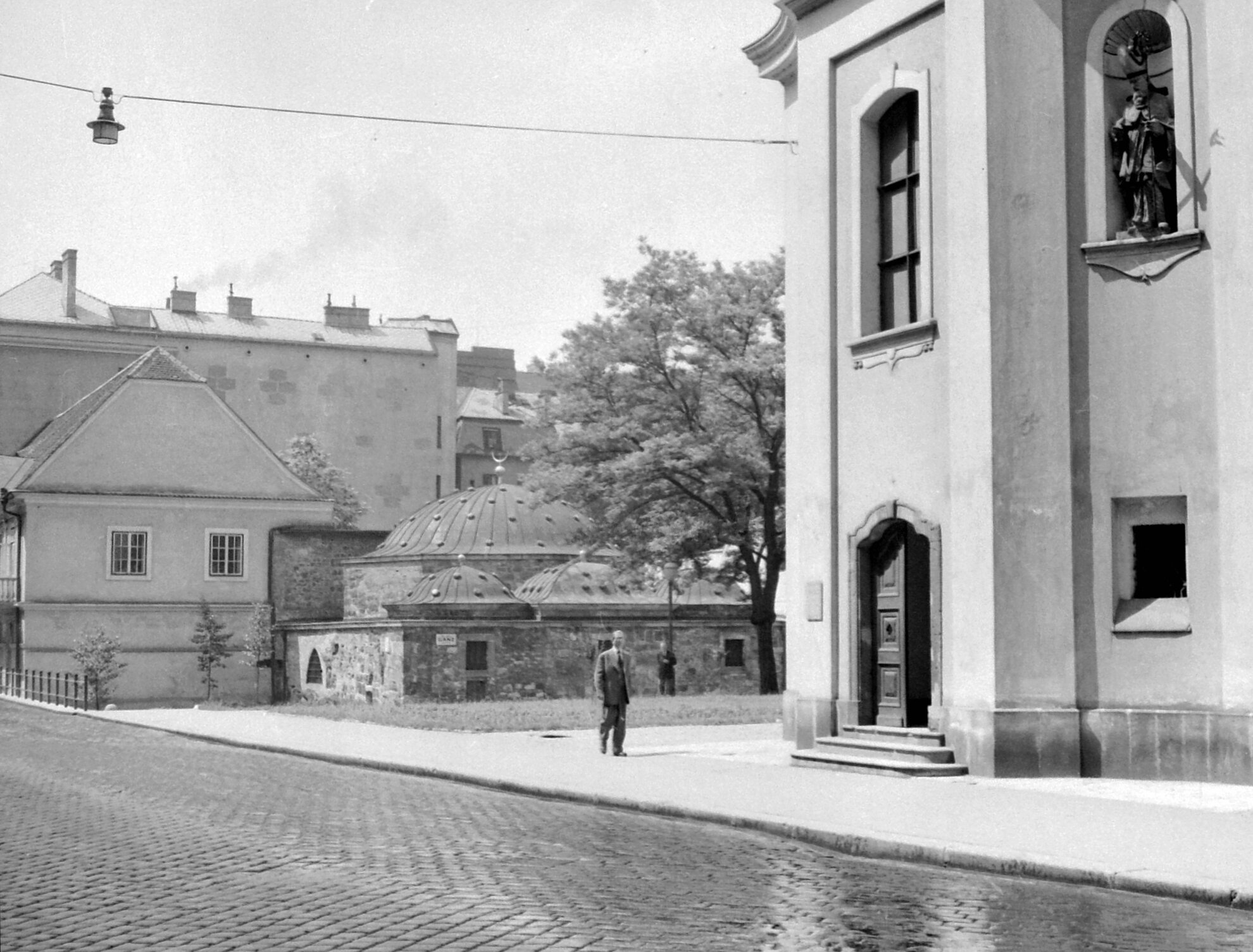
The city wall ran
through the square in the Middle Ages, while nearby Bem tér once gave space to
Kakas kapu (‘Rooster Gate’), belonging to the Király Baths. The spa was named
after the gate until the late 1790s, when the Kőnig family bought and renamed
it Király, also meaning ‘king’.
Its construction had begun in 1565 by Arslan,
the then Ottoman pasha of Buda, and the baths were completed under the command
of his successor, pasha Sokollu Mustafa.
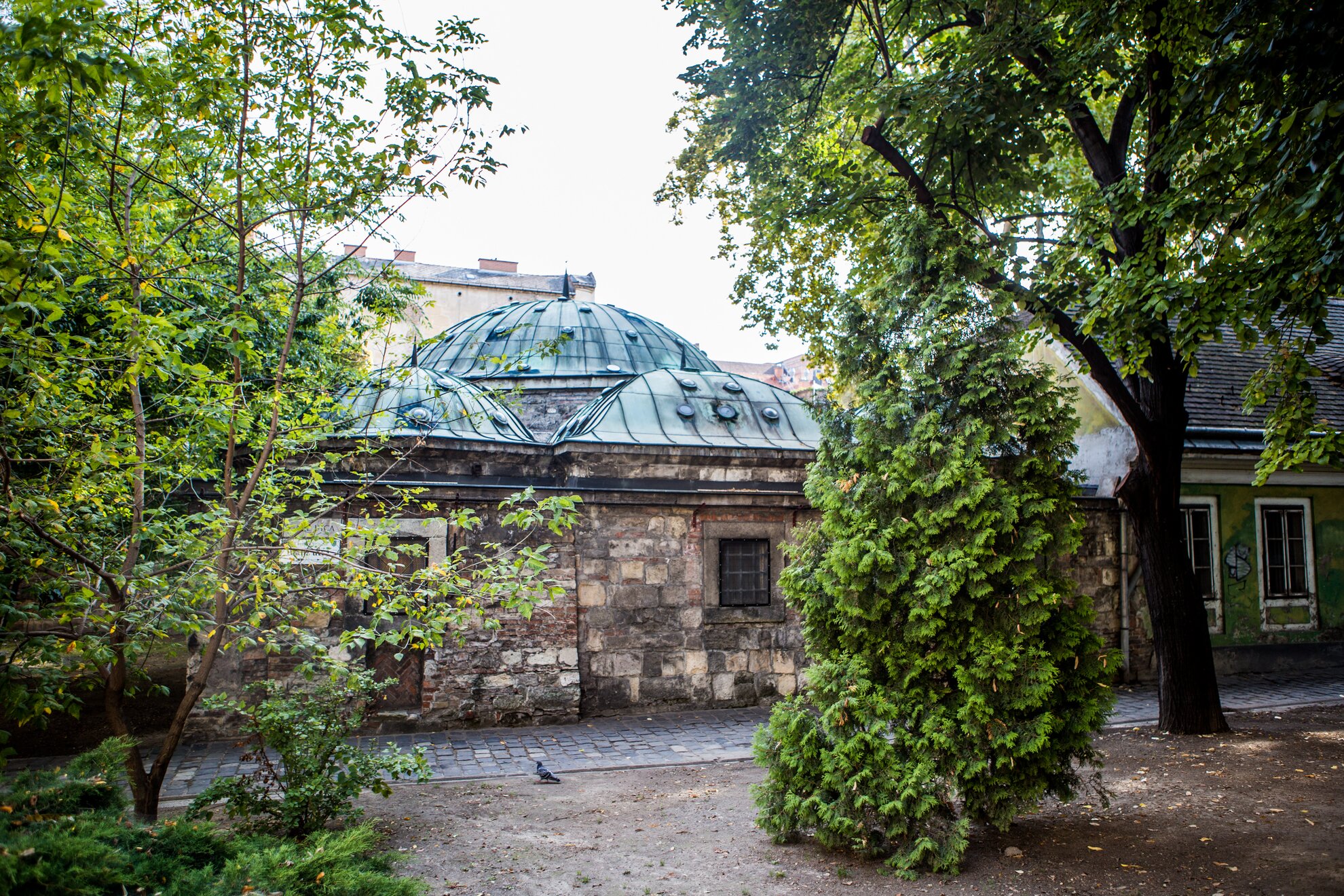
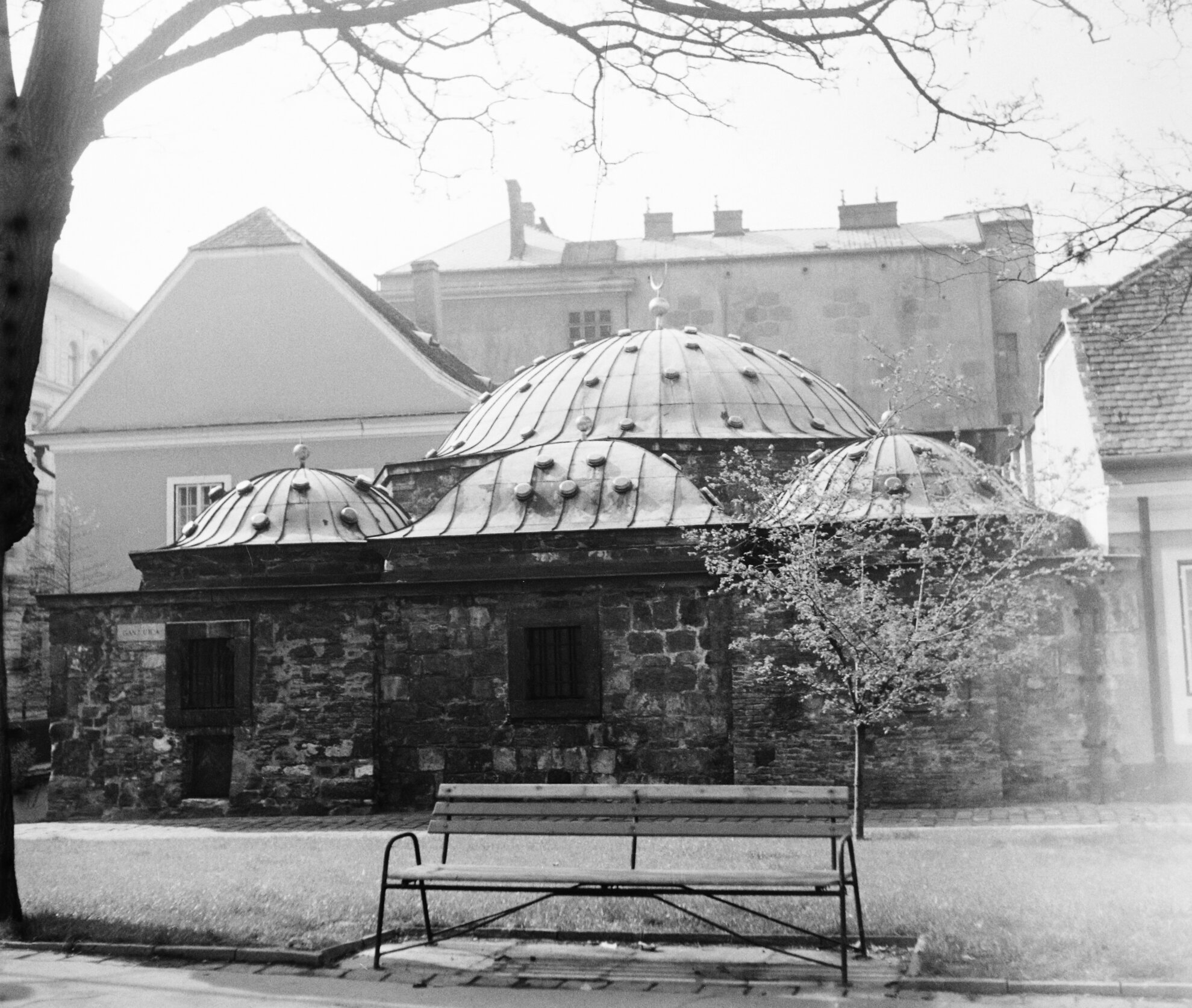
Another emblematic building here is the Greek
Catholic Chapel of St Florian, built in honour of the patron saint of chimney
sweeps, soap makers and firefighters. Austrian and German immigrants had
brought with them their reverence for St Florian, and the chapel was part-financed
by a certain Antal Christ, a baker originally from Bavaria.
Construction
took place in two phases, the first overseen by the baker himself between 1750
and 1754, the second, between 1759 and 1760, by the church. A century later,
the chapel was converted into a hospital, and then stood empty for decades.
Finally, in 1920, it was given to the Greek Catholic Church. As chance would
have it, it was neither damaged during World War II nor the Uprising of 1956,
which broke out on nearby Bem tér, and the church remains in the same hands
today.
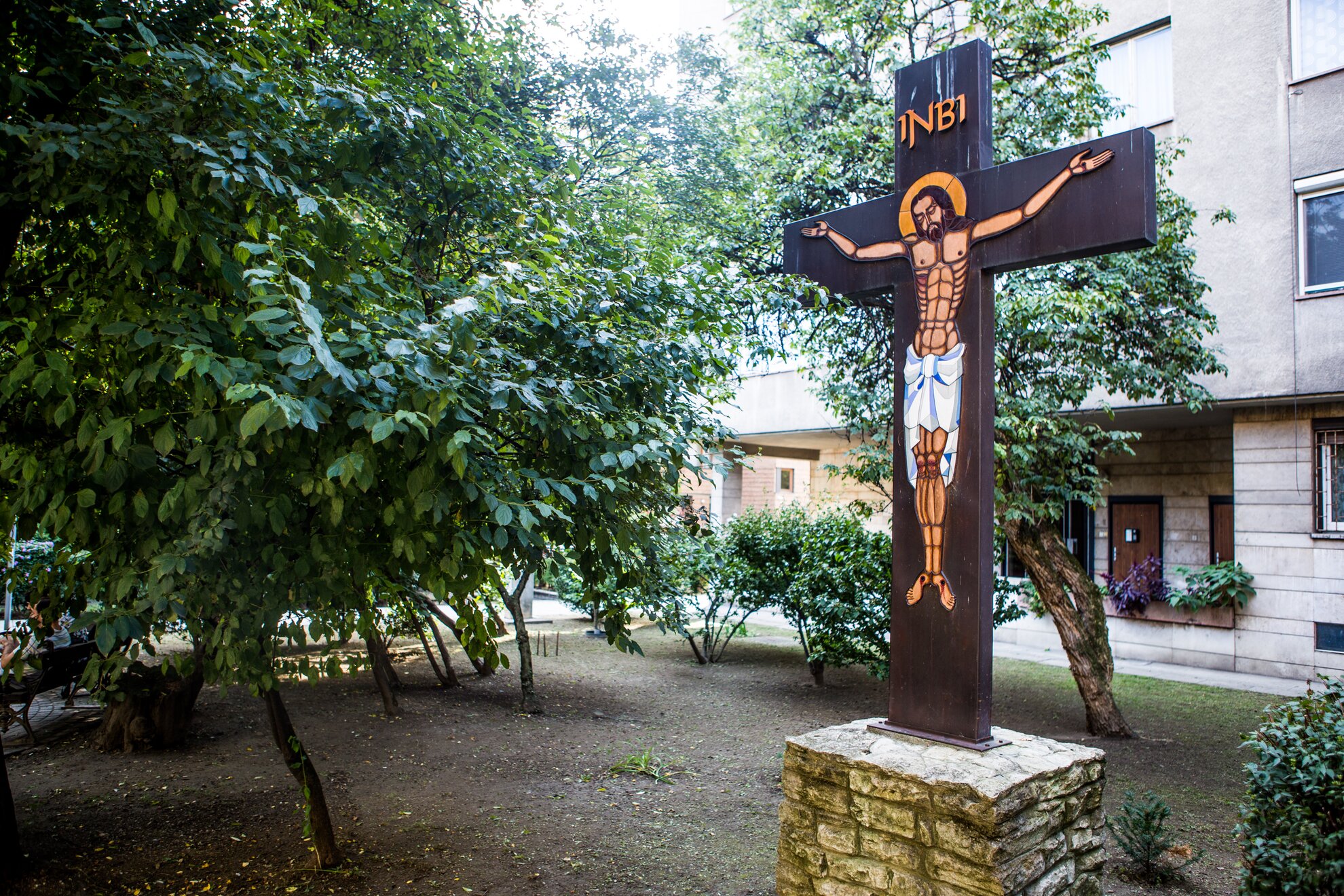
The classicist building adjoining the Király Baths also deserves a mention. Covered in amber, this miracle of a building was used for many years by beer manufactory Sörmanufaktúra. Although now deserted, it is still a treat for the eyes as you relax on a bench in the square, enjoying the smell of the flowers and trees in this lovely little oasis.
